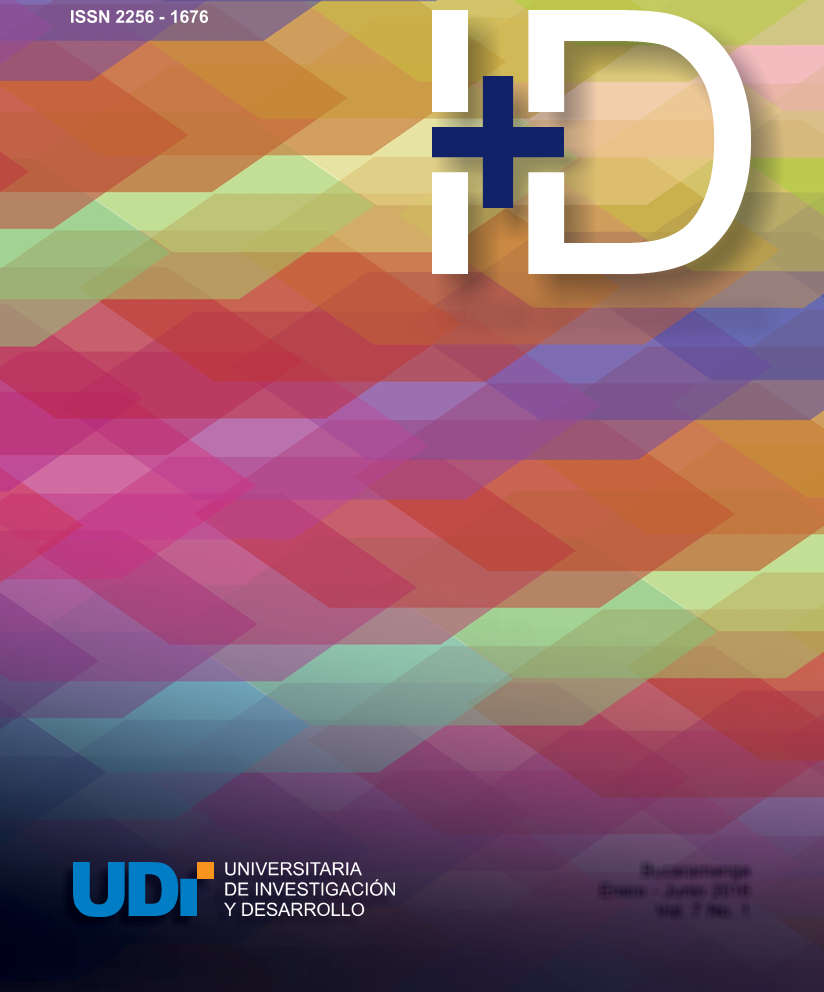Determining hydrodynamic characteristics of two sedhelcon settlers for sewage treatment.
DOI:
https://doi.org/10.33304/revinv.v07n1-2016012Keywords:
Wastewater, Sedimentation, RemovalAbstract
The hydrodynamic characteristics of a settler or a reactor generally are crucial to evaluate different aspects of performance and the behavior of water flow therein, and; within the sedimentation reactions are usually type of kinetic transport of water, ie a purely physical phenomenon occurs. Within the design of a treatment system there are factors that determine and limit the construction and design of the same, for this reason it is necessary to re-evaluation of the different process variables in real operating conditions. This paper presents the results of a model settler helical flow through the application of different mathematical models as mathematical model WOLF-Resnick, INDEX dispersal MORRIS (IDM) and the trend curve, these methods were analyzed using the tracers method therefor.Downloads
References
Amanatidou, E. (2015). Evaluating sedimentation problems in activated sludge treatment plants operating at complete sludge retention time. water research , 20-29.
Burger, R. (2015). Discontinuous finite volume element discretization for coupled flow–transport problems arising in models of sedimentation. Journal of Computational Physics, 446-471.
Carrión, J. (1992). Mejoramiento de calidad del aguapara consumo humano. Lima: OPS/CEPIS.
Chatzakis, M. (2006). Sedimentation tanks through the age. IWA 1 St International symposium on water and wastewater technologies in ancient civilizatinos (págs. 75 - 78). Iraklio, Greece: IWA.
Fan, L. (2007). Numerical simulation of secondary sedimentation tank for urban wastewater. Journal of the Chinese Institute of Chemical Engineer, 425-433.
Giacoman, G. (2003). Análisis de la hidrodinámica de un reactor flujo pistón. Ingeniería, 7-19.
Hribersek, M. (2011). Experimental and numerical investigations of sedimentation of porous wastewater sludge flocs. water research, 1729-1735.
Ivar, O. (2001). Biological lamella sedimentation used for wastewater treatment. Aquacultural Engineering, 115-127.
Kynch, G. (1952). A theory of sedimentation. Birmingham: The University Birmingham.
Molina, J. (2010). Modelamiento de las condiciones hidraulicas de una planta compacta para el tratamiento de aguas residuales domesticas. MedellIn.
Nocón, W. (2016). Quantitative monitoring of batch sedimentation based on fractional density changes. Powder Technology, 1-6.
O., L. (1998). Ingenieria de las reacciones quimicas. barcelona: reverte.
Rodríguez, J. (2013). Aumento en la eficiencia de remoción de contaminantes mediante un reactor aeróbico modificado a flujo pistón y sedimentador de flujo helicoidal. Teoría y praxis investigativa, 54- 71.
Rodríguez, P. (2008). Flow models for rectangular sedimentation tanks. Chemical Engineering and Processing, 1705-1716.
Romero, J. (2004). Tratamiento de aguas residuales, teoria y principios de diseño. Bogotá: Escuela Colombiana de Ingeniería.
Ruiz, R. (2015). Numerical solution of a multidimensional sedimentation problem using finite volume-element methods. Applied Numerical Mathematics, 280-291.
sanchez. (2013).
Simate, G. (2015). The treatment of brewery wastewater for reuse by integration of coagulation/flocculation and sedimentation with carbon nanotubes ‘sandwiched’ in a granular filter bed. Journal of Industrial and Engineering Chemistry, 1277 -1285.
Vargas, L. (2006). Análisis de flujo y factores que determinan los periodos de retención. LIMA: OPS/CEPIS.












